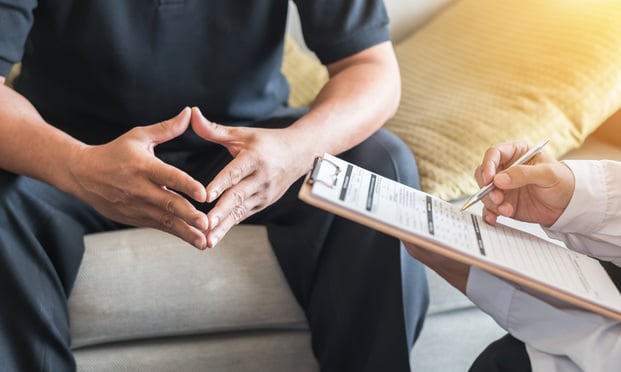Amidst much angst over the dramatic price increases anticipated for Affordable Care Act health plans, a new report from the National Business Group on Health shows that the cost of employer-based insurance, still by far the most dominant source of health coverage, will only rise modestly next year.
The report estimates that the average cost of an employer-based health plan will increase 6 percent. That outpaces inflation, but it is no greater an increase than employers experienced over the past year and it is lower than the anticipated 10 percent increase for plans offered through the ACA exchanges.
“This is a clear indication that the employer-based health care model continues to be the most effective way to provide health insurance coverage to employees and their families,” said Brian Marcotte, CEO of the Washington, D.C.-based National Business Group on Health, a nonprofit which represents large businesses.
That employers have been able to keep the growth of health care costs relatively modest is particularly notable, argues the NBGH, in the context of “skyrocketing specialty pharmacy costs.”
In its survey of employers, the NBGH found that the rising price of specialty drugs was by the top health care cost concern. The cost of such drugs is expected to rise by more than 17 percent next year, meaning that for employers have had to reduce costs elsewhere in their health care plans in order to keep the overall cost increase low.
Many employers are looking to redesign their prescription drug benefits to specifically reduce their spending on the most expensive specialty drugs.
Three-quarters of employers signaled that they were implementing or exploring more aggressive use-management protocols for specialty drugs, while nearly as many signaled an interest in requiring that specialty drugs be prescribed through a specialty pharmacy benefit management service.
“Since many specialty pharmacy medications are infused or injected, they are administered by physicians who, in turn, often buy them and then bill for them,” explains Steve Wojcik, vice president of public policy for the NBGH, in an email to BenefitsPRO. “In this case, requiring that specialty pharmacy meds be obtained through the specialty PBM means that they buy the meds, not the physician, and they usually can get a better price than a physician practice.”
The second most commonly cited driver of health cost increases was high-cost claimants. The most effective way to reduce that cost for companies, of course, is to shift more of the cost of care onto the employees, through high-deductible plans and consumer-driven plans. More than half of employers surveyed said that offering consumer-driven health plans or mandating them for all employees had significantly reduced reined in health costs.
The survey also seemed to vindicate critics of wellness programs, since very few employers said they believed that wellness initiatives had a major impact on their budgets. Only a third of employers polled ranked wellness programs among the top three strategies to control health costs.
© 2025 ALM Global, LLC, All Rights Reserved. Request academic re-use from www.copyright.com. All other uses, submit a request to [email protected]. For more information visit Asset & Logo Licensing.







